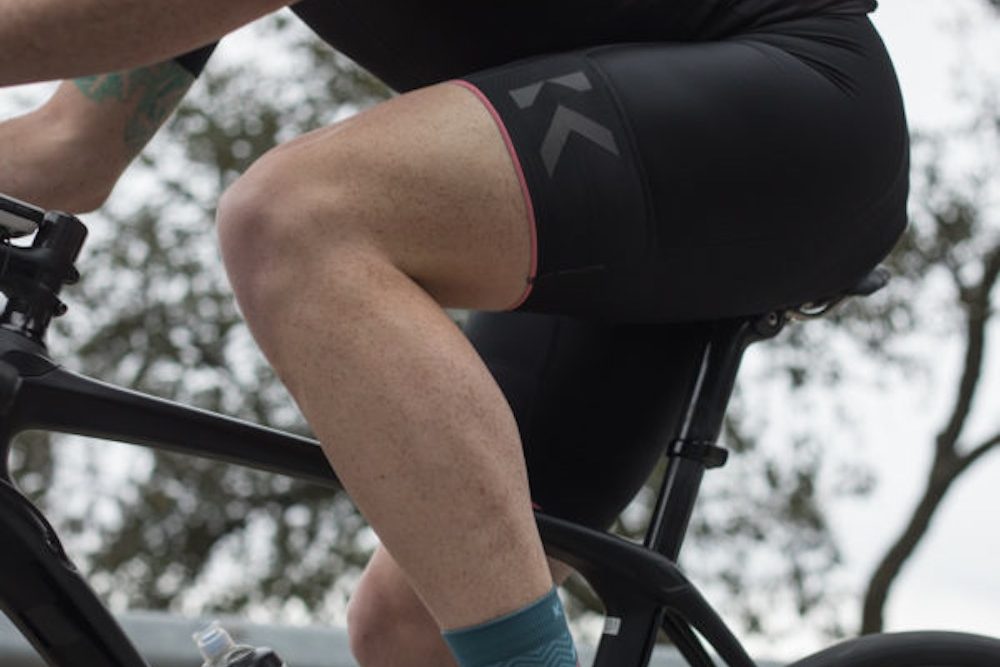
If you've already had a bike fit, searched high and low for a bike saddle that suits you, but are still uncomfortable when riding, the chances are that the answer to your problem is directly beneath you.
We don’t talk nearly enough about the very point of contact between you and the bike; the padding in your cycling shorts.
So what is the best chamois? How much padding should you opt for? And exactly how do you factor in soft tissue protection?
Define your body
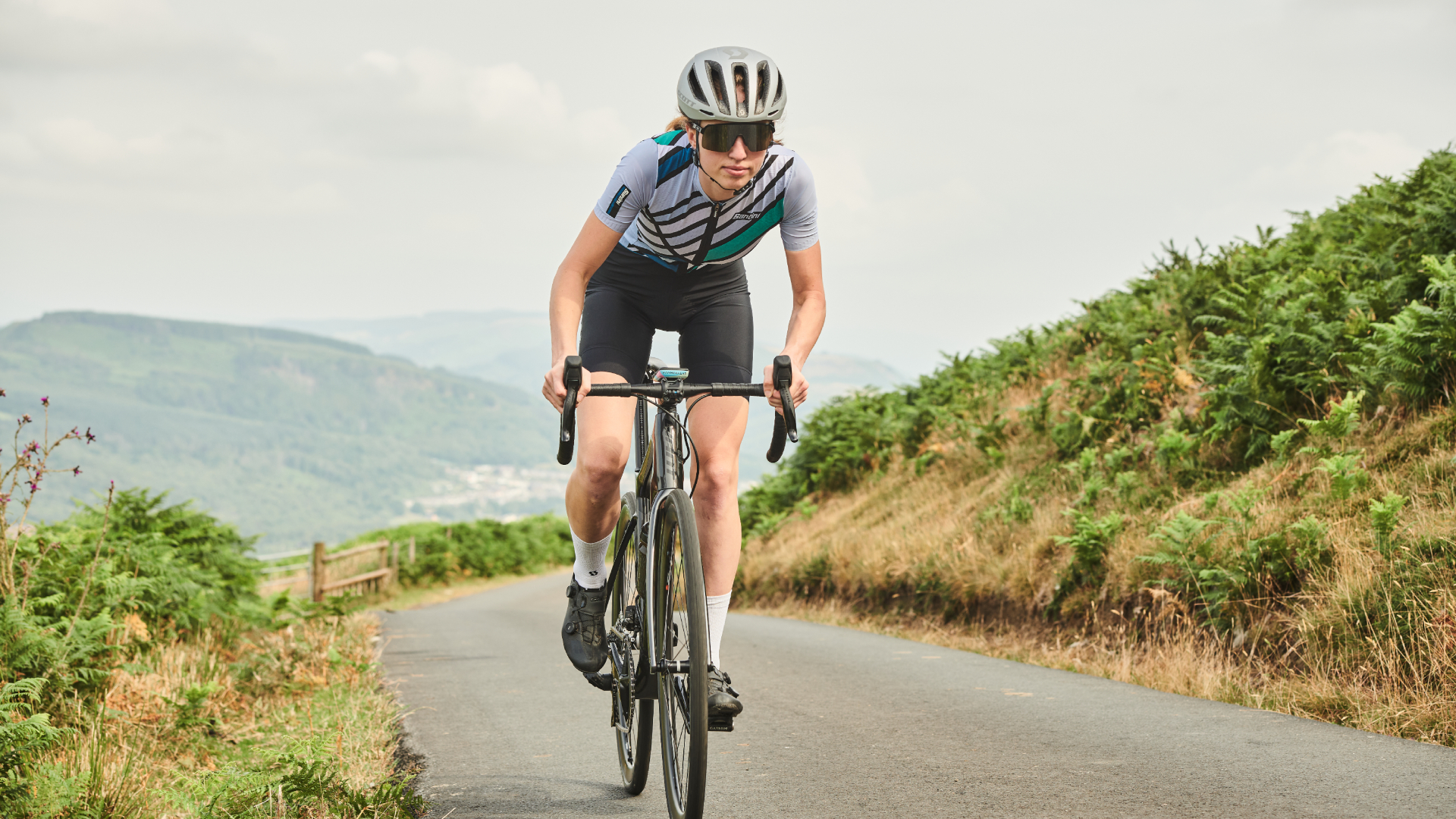
According to Research and Development Manager at Elastic Interface, Denis Bertoldo, anatomy is, rather unsurprisingly, the most important factor to consider when selecting the right chamois for you.
Bertoldo told me that Elastic Interface - who supply chamois pads to cycling short manufacturers all over the world - worked directly with the University of Padua, Italy, to research and define chamois parameters that respected men’s and women’s anatomy.
"These parameters [were] our starting point to develop our products" says Bertoldo, adding that when looking specifically at the gender differences for selecting the right design "men need a central channel to maintain a good blood flow and reduce numbness" while "women’s anatomy, instead, is more complex than men’s, so we studied different options.
"In the perineal area, some women need full support, while others prefer to have a pressure-relief area". Working out which suits you might be as simple as examining the pad in your best loved shorts and opting for those with similar designs in future, though a bike fit using pressure mapping technology could also help to determine your needs if the former approach isn't successful.
Define your riding
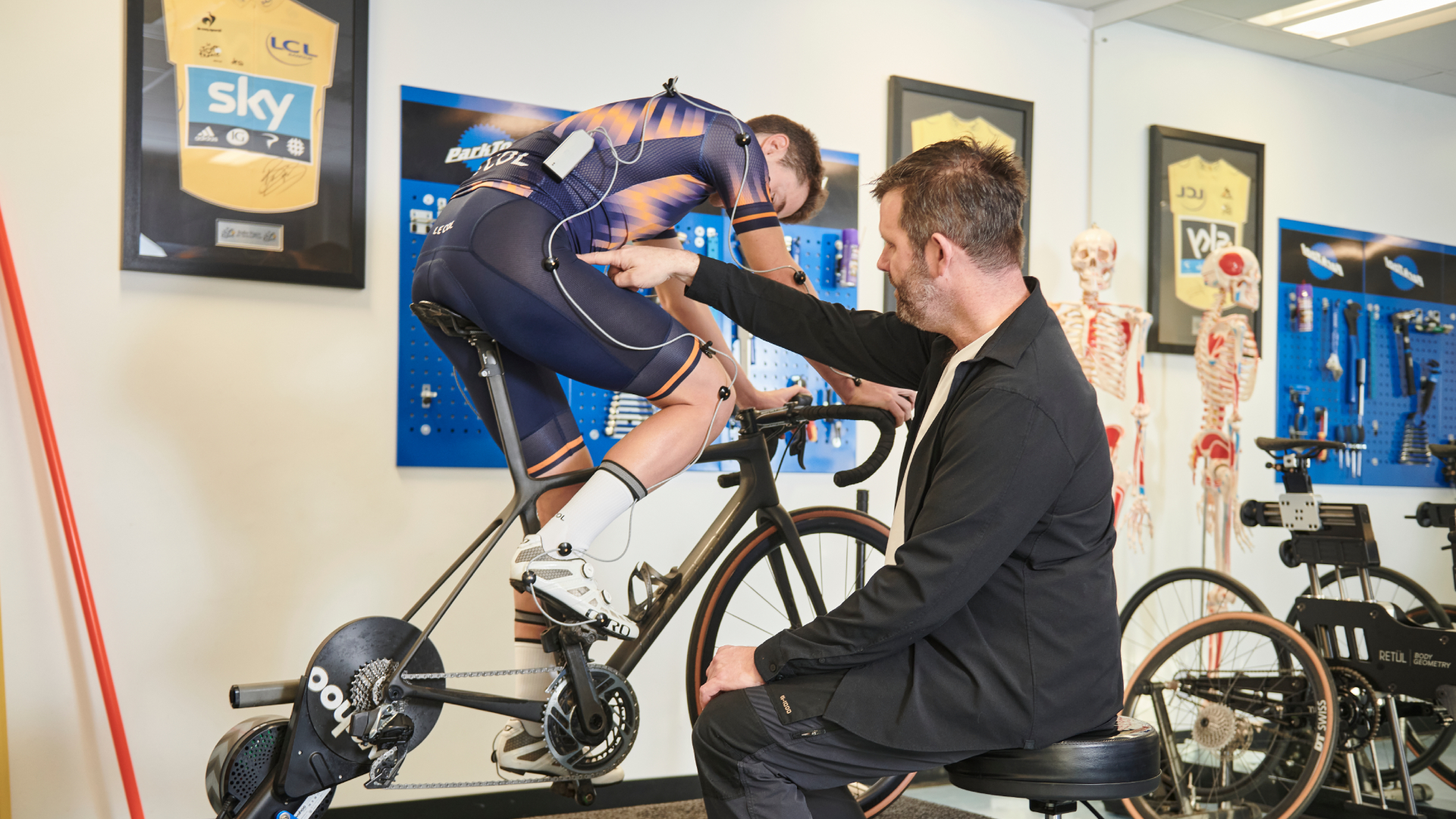
Once you've made choices depending upon your gender and anatomy, it's time to be honest about the amount of time you really spend on a bike.
Fergus Niland, Santini Creative Director, noted, "comfort also relates to rider weight and resistance of sit bones. Ultimately both are physical.
"The more weight is sitting on the pad the more it will deflect. Gel, such as silicone inserts have in the past been useful here because they offer up a lot of protection for the rider without deforming.
"The other option is the use of 'carved' foam which replicates silicone," he says, adding that Santini has created its own 'gel' with a 3D mesh, which the brand says is lighter, more flexible and breathable, and also capable of being biodegradable or recycled.
Unless you're making a living from riding a bike, the chances are you will need more padding than you think.
"There are some Trek riders who request the most basic and slim pad as possible" says Niland, "they are so in tune with their bike, that they want to feel absolutely everything everything through their saddles.
"For most consumers however, they would benefit from padding. Especially with bikes becoming incredibly stiff, there's a need to build comfort in the shorts."
When shopping for shorts, take note of the aim of the garment, and the 'hours in the saddle' recommended. Endurance focused shorts, suited to long hours in the saddle, will almost always have more padding than those created with racing as the goal.
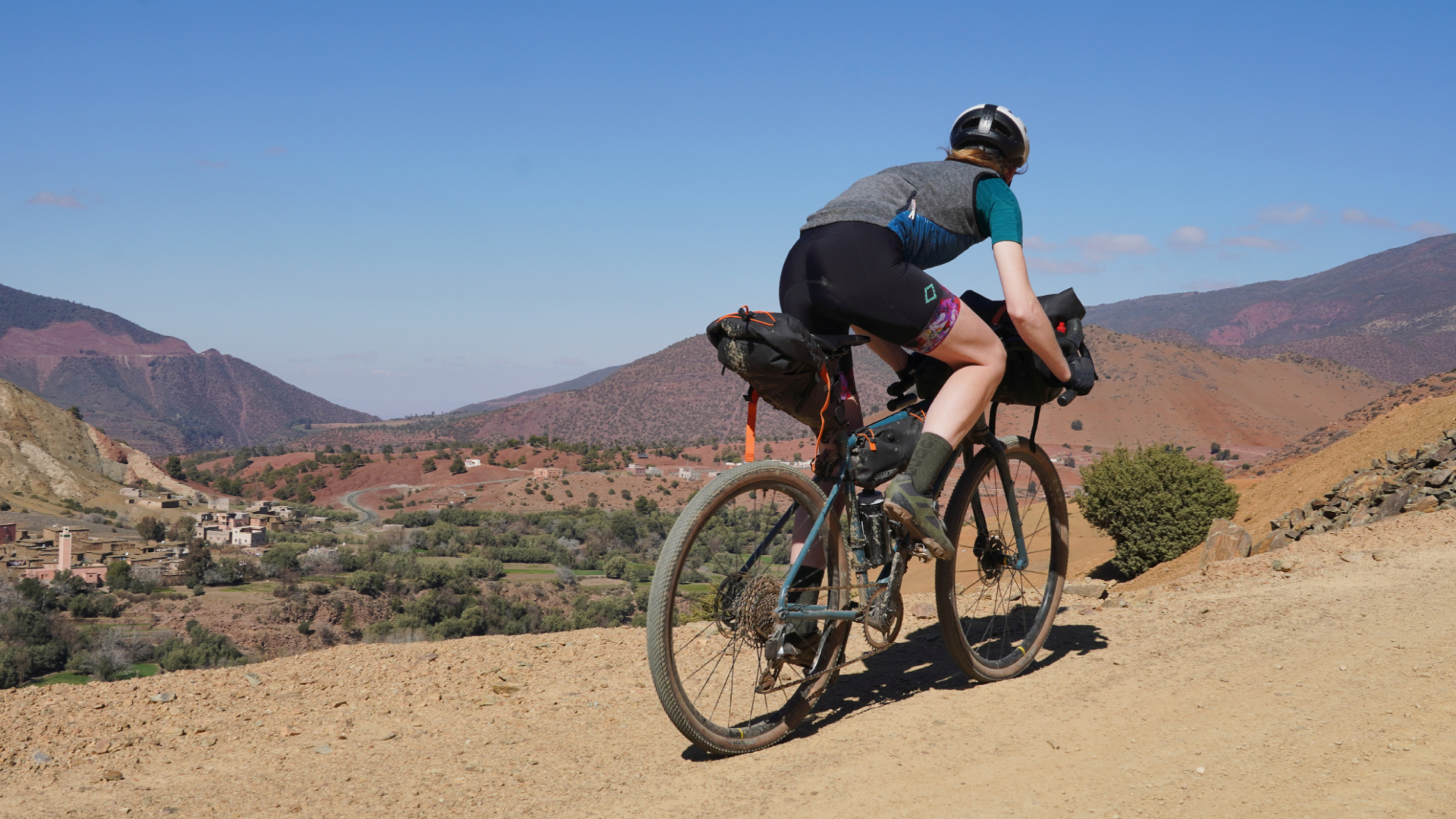
"Bike discipline is another essential element to factor in when choosing a cycling pad," Bertoldo confirms, highlighting that "pressure points vary according to the angle kept when in saddle, for example a road position is narrower and more aerodynamic than an off-road position.
"A road chamois should have more protection on the perineal area, in the front of the chamois, [while] off-road chamois should have more protection in the ischiatic area, the back".
The same can be said of endurance vs race chamois pads, to a less extreme extent, because a more aggressive position places weight further forwards whilst those in a more relaxed stance will likely feel pressure in their sit bones.
Clarifying that when it comes to exactly how much padding to look for Bertoldo says that "personal taste has the last word.
"We tend to associate the word 'protection' with the word 'bulk'. Protection, instead, is the result of a combination of properties: density, foam lift capacity and quality," he summarises.
Richard Salisbury, Director of Pedal Precision, Professional Bike Fit and Cycling Injury Specialists clearly agrees.
"What is important is that the chamois in the shorts is the right density and has padding in the right place for your individual anatomy", adding a word of warning for anyone tempted to skip the finer chamois design details "cheaper chamois' can often fall foul by having more padding all over the place, causing chafing in other areas, getting in the way of the pedal stroke".
How to try before you buy
The trouble with the individual nature of chamois shopping is that - since cycling shorts are designed to be worn with no underwear - returns aren't exactly common practice.
Bertoldo offers reassurance. "Personal experience, the riding itself, some good advice and self-knowledge [will] help to find the right option," he advises, before suggesting that the best way to check padding is to "try squeezing the foam with at least three fingers. The more strength you need to squeeze the foam, the more protection you’ll get from your chamois".
"Obviously it’s difficult to take a pair of shorts for a 'test-ride'" agrees Salisbury, suggesting that "you have to do your best with the initial try-on phase.
"Essentially after checking the padding is most dense in the places you want it, then try and move at the hips and knees and go through a range of movement.
"You are looking for a chamois that has padding where needed but interferes as little as possible with your movement, this will give you the best chance of the padding not hampering your pedalling when you’re actually riding".

Take your shorts to the bike fit
So should shorts be factored into a bike fit?
Absolutely.
Niland summing it up perfectly "You can't outride an uncomfortable bike, but a decent chamios will help, and guide you to sit correctly on the bike".
Something that Elastic Interface’s Bertoldo also agrees with cautioning that "if [short padding is] not taken into consideration in the bike fitting process, it can cause discomfort to the cyclist (and you might not feel it immediately).
"We always say that comfort in the saddle is a matter of millimetres [differences], and tests done with the Retul 3D System confirmed this"
Digging into what the testing revealed Bertoldo told me that "In general, what came up is that personal preference is crucial. The same chamois, with the same saddle, can give back very different comfort results – from athlete to athlete.
"As a matter of fact, there is no absolute perfect combination between chamois and saddle: given certain fixed characteristics (discipline, anatomy, etc…), the rest lies in the personal aspect of the choice, for both chamois and the saddle.
"Our advice to wear your bibs, during the bike fitting, is given so you do it in the most accurate way. The more complete outfit you wear, the more realistic [the bike fit] will be".
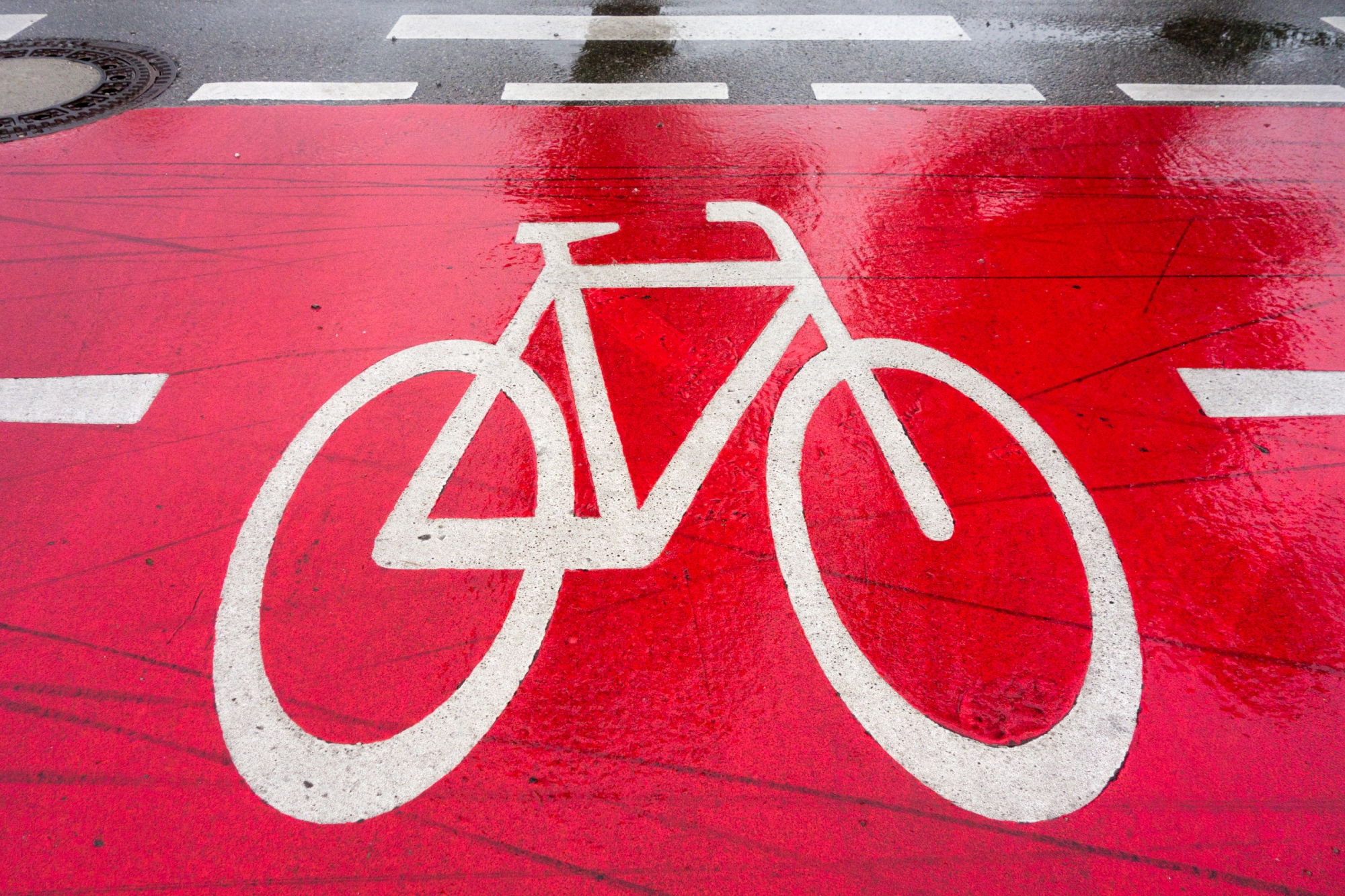
Other bike short red flags
According to Salisbury the other red flag when it comes to finding the right pad, is when the shorts aren’t the right size "A pair of shorts that are too large in one area or another will lead to just as much discomfort as the wrong chamios
"So try to make sure that the legs and hips grip firmly and are tight all the way to the band at the bottom, there’s no extra creases or material between the legs or baggy areas around the groin or bottom.
"Shoulder straps, if they are bib-shorts, should be tight enough to still hold you in place when you are bent into the cycling position. This often means that they feel too small when standing up straight or walking around, but much more comfortable once riding".







